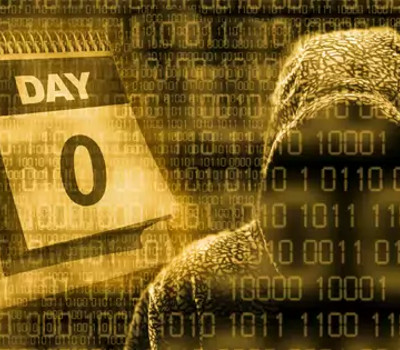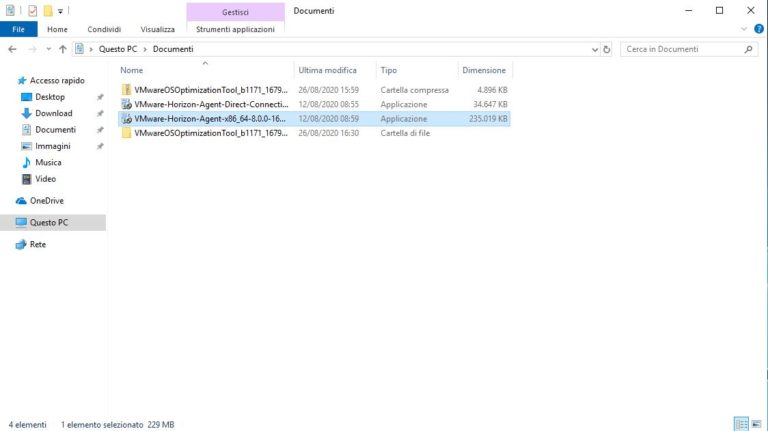
- #VMWARE HORIZON HACKERS ARE ACTIVE EXPLOIT INSTALL#
- #VMWARE HORIZON HACKERS ARE ACTIVE EXPLOIT SOFTWARE#
- #VMWARE HORIZON HACKERS ARE ACTIVE EXPLOIT DOWNLOAD#
- #VMWARE HORIZON HACKERS ARE ACTIVE EXPLOIT WINDOWS#
#VMWARE HORIZON HACKERS ARE ACTIVE EXPLOIT DOWNLOAD#
Powershell try powershell -enc “$BASE64 encoded payload to download next stage and execute it”Īdding the exclusion rule, attackers escape from the virus scan and download the further tools to the c:\drive.
#VMWARE HORIZON HACKERS ARE ACTIVE EXPLOIT WINDOWS#
In order to evade the Windows defender detection, attackers added the exclusion rule to WD using the following PowerShell commands: Iranian APT threat actors initially found an unpatched VMware Horizon server that was deployed by the organization, and established a connection from malicious IP address 1 lasting 17.6 seconds. Researchers also found an LDAP callback to the IP 4 on port 443, upon successful exploitation of the Log4Shell vulnerability, threat actors compromised the Domain Controller. CISA also observed a DNS query for us‐nation‐nycf that resolved back to 4 when the victim server was returning this Log4Shell LDAP callback to the actors’ server.” said in the CISA report. “Following HTTPS activity, CISA observed a suspected LDAP callback on port 443 to this IP address. APT Activities Investigationĭuring the investigation, researchers found bi-directional traffic between the network and a known malicious IP address associated with the exploitation of the Log4Shell vulnerability (CVE-2021-44228) in VMware Horizon servers.Īs a result, there was an HTTPS activity initiated from IP address 4 to the organization’s VMware server, further in-depth analysis reveals that the IP associated with Lightweight Directory Access Protocol (LDAP) server that was operated by threat actors to deploying Log4Shell. On April 2022, CISA conduct a routine investigation and suspected malicious APT activities on the FCEB network with the help of EINSTEIN-an FCEB-wide intrusion detection system ( IDS).

#VMWARE HORIZON HACKERS ARE ACTIVE EXPLOIT INSTALL#
“These Mirai variants, RAR1Ransom, and GuardMiner are not extremely complicated samples, but their methods are always changing and evolving”, concludes the report.CVE-2021-44228 (log4Shell) was a zero-day vulnerability in Log4j, a popular Java logging framework involving arbitrary code execution, and affects a wide range of products, including the VMware Horizon.ĬISA believes that the attack was initiated by Iran government-backed hackers who install XMRig crypto mining software, moved laterally to the domain controller (DC), compromised credentials, and then implanted Ngrok reverse proxies on several hosts to maintain persistence. Therefore, users are advised to keep their systems updated and patched and be aware of any suspicious processes in the environment. “We can tell the attacker intends to utilize a victim’s resources as much as possible, not only to install RAR1Ransom for extortion, but also to spread GuardMiner to collect cryptocurrency”, Fortinet FortiGuard Labs RAR1Ransom targets a compromised victim’s file with particular extensions. GuardMiner is a cross-platform mining Trojan, which has been active since 2020. RAR1Ransom is a ransomware tool that abuses WinRAR to compress the victim’s files and lock them with a password. clean.bat: Script file to remove other cryptominers on the compromised host.phpguard.exe: Executable used for guardian Xmrig miner to keep running.networkmanager.exe: Executable used to scan and spread infection.config.json: Configuration file for mining pools.
#VMWARE HORIZON HACKERS ARE ACTIVE EXPLOIT SOFTWARE#

Reports say the distribution of RAR1Ransom and GuardMiner is achieved by means of a PowerShell or a shell script depending on the operating system. Researchers say this variant’s work is to deploy DoS and launch a brute force attack like most Mirai botnets. “They had the intention of deploying Mirai targeting exposed networking devices running Linux, RAR1ransom that leverages legitimate WinRAR to deploy encryption and GuardMiner that is a variant of xmrig used to “mine” Monero”. “Most of the payloads focus on probing a victim’s sensitive data, for example, passwords, hosts file, etc”, Fortinet FortiGuard Labs. VMware patched this vulnerability, yet came under active exploitation in the wild.Īn attacker can trigger the vulnerability to inject a payload and achieve remote code execution on VMware Workspace ONE Access and Identity Manager. The critical vulnerability is tracked as CVE-2022-22954 (CVSS score: 9.8), a remote code execution vulnerability that causes server-side template injection. Researchers at FortiGuard Labs noticed multiple malware campaigns targeting the VMware vulnerability to deploy cryptocurrency miners and ransomware on affected machines.


 0 kommentar(er)
0 kommentar(er)
